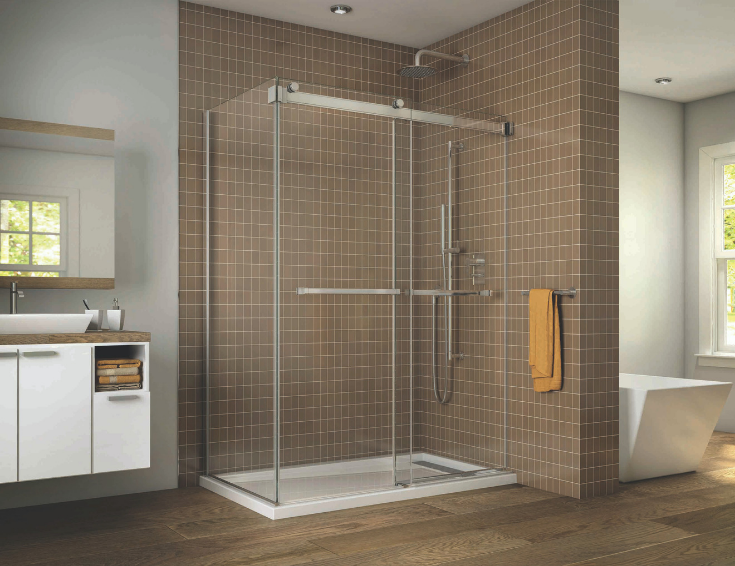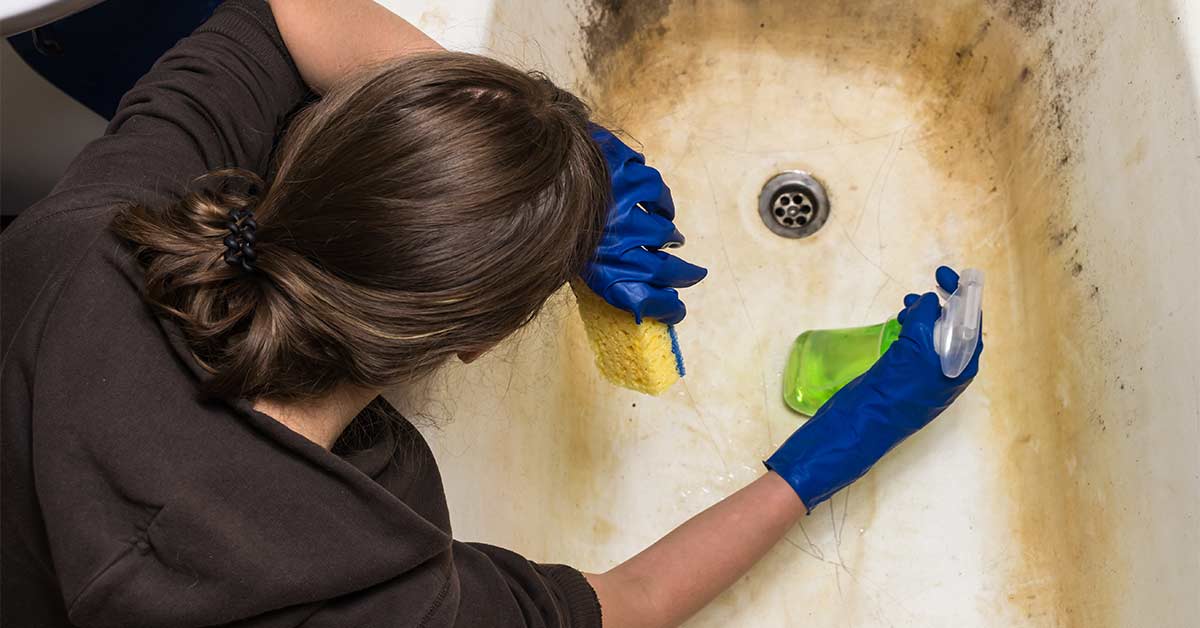{Visit Url Just how do you feel on the subject of Hiring a Plumbing Expert? We recommend that you clean your acrylic bathing product made of Delta ProCrylic or Acrylic with Innovex Technology with non-abrasive soaps and cleaners, such as: When it’s time to clean, always use a terry cloth towel, soft cloth or sponge to avoid scratching the acrylic surface. Don’t use abrasive scrubbing pads, steel wool or sponges, cause permanent damage to the acrylic material. If you use a drain cleaner or clog remover, be sure to rinse thoroughly with water so no product is left standing near the drain. Some chemicals and cleaners may deteriorate acrylic surfaces, causing cracks and, potentially, property damage. To avoid this, don’t use cleaning products that state on their label that they are not suitable for use on Acrylic, ABS, Polystyrene or Plastic. Be sure to check the label of any product before you apply it to the surface; it’s easier to avoid damage than to try to remedy it. Chemicals we do not recommend using to clean acrylic showers/tubs: When you’re ready to apply sealant, a little planning goes a long way. Pick up some painter’s tape and use it to mask off the seam to help make cleaning up easier. When you’re applying the bead, use a constant, steady speed to avoid an uneven finish. Use a caulk tool or a plastic spoon to work the sealant into the joint. Wetting the tool with denatured alcohol will help create a smooth finish. Follow the directions on the back of the tube for cure time. Certain chemicals and cleaners may deteriorate acrylic surfaces, causing cracks and, potentially, property damage. After you’re finished applying it, clean up the product surface and remove any excess sealant with denatured alcohol. Don’t use solvents (turpentine, lacquer thinner, mineral spirits, paint thinner, MEK, xylene, acetone, naphtha, etc.) that can wreak havoc on an acrylic surface. With a little care and consideration, you can prevent damage to your acrylic shower or tub. Keep a supply of soft cloths handy and remove any damaging products or abrasive scrubbing items from the bathroom to ensure they aren’t around when it’s time to clean. https://www.deltafaucet.com/design-innovation/inspiredliving/how-to-clean-acrylic-shower As a keen reader on Hiring a Plumbing Expert, I was thinking sharing that piece of content was really useful. Sharing is caring. Helping others is fun. Bless you for your time. Please check up our website back soon.
Acrylic baths, shower trays, and various other acrylic restroom ware have come to be more typical in bathrooms in current times. Not as sophisticated as well as long lasting as enamel and also porcelain bathrooms and also fixtures, they are extra budget-friendly and offer quite a lot the very same fundamental function. Some common instances of damage to acrylic shower room components consist of staining, splits, holes, and so on.Bath Staining
With extended usage of acrylic baths comes discoloration or staining. While some spots can be eliminated conveniently, using special chemicals, others call for that the bathroom be resprayed. Aromatherapy oils loosen the dust in some instances thus recovering the bath to its previous magnificence.Chain reaction
Sometimes, people try to paint the whole surface of their acrylic bathroom on their own either since they do not like the shade to hide blemishes. Nonetheless, when they do not like the end result, they apply paint cleaners. You need to never make use of paint remover on acrylic bathrooms. Although paint eliminators do not react with the surface of steel baths, they damage acrylic baths irreversibly. This develops much more benefit the professional. The best strategy here is to call an expert for aid with changing the bath.Scratched shower or bathroom surface
Polymer shower room components are not abrasion-resistant like enamel ranges. Being a very soft material, acrylic scratches can also be concealed without coating or dental filling. For these, you ought to seek professional aid for your bathroom fixings.Split Polymer Baths
The life expectancy of acrylic and also fiberglass bathrooms is up to 15-20 years for shower pans and also baths, generally. Splits in an acrylic shower tray are probably amongst the most convenient troubles to fix for a repair expert. This is the very same for PVC, material, and also other such products.
Acrylic bathrooms, shower trays, and other acrylic restroom ware have come to be more typical in shower rooms in recent times. With extended usage of acrylic baths comes discoloration or staining. You need to never utilize paint remover on acrylic bathrooms. Paint eliminators do not react with the surface area of steel baths, they ruin acrylic bathrooms irreversibly. The life expectancy of acrylic as well as fiberglass baths is up to 15-20 years for shower frying pans as well as bathrooms, usually.How to clean Acrylic shower
USE THESE NON-ABRASIVE CLEANERS
DO NOT USE THESE CLEANERS
Sealant Application Tips

Booking
5 Points No One Tells You about Shower & Tub Wall Surface Panels
Call Today